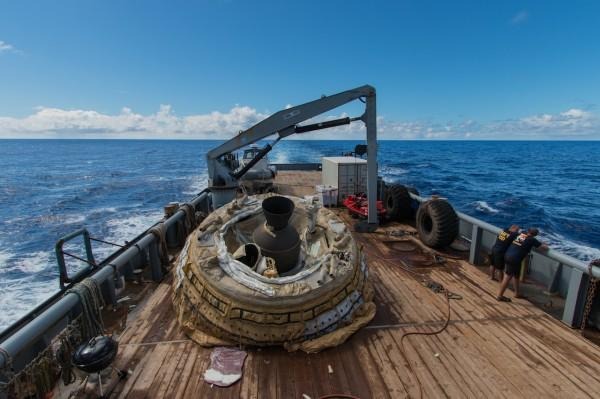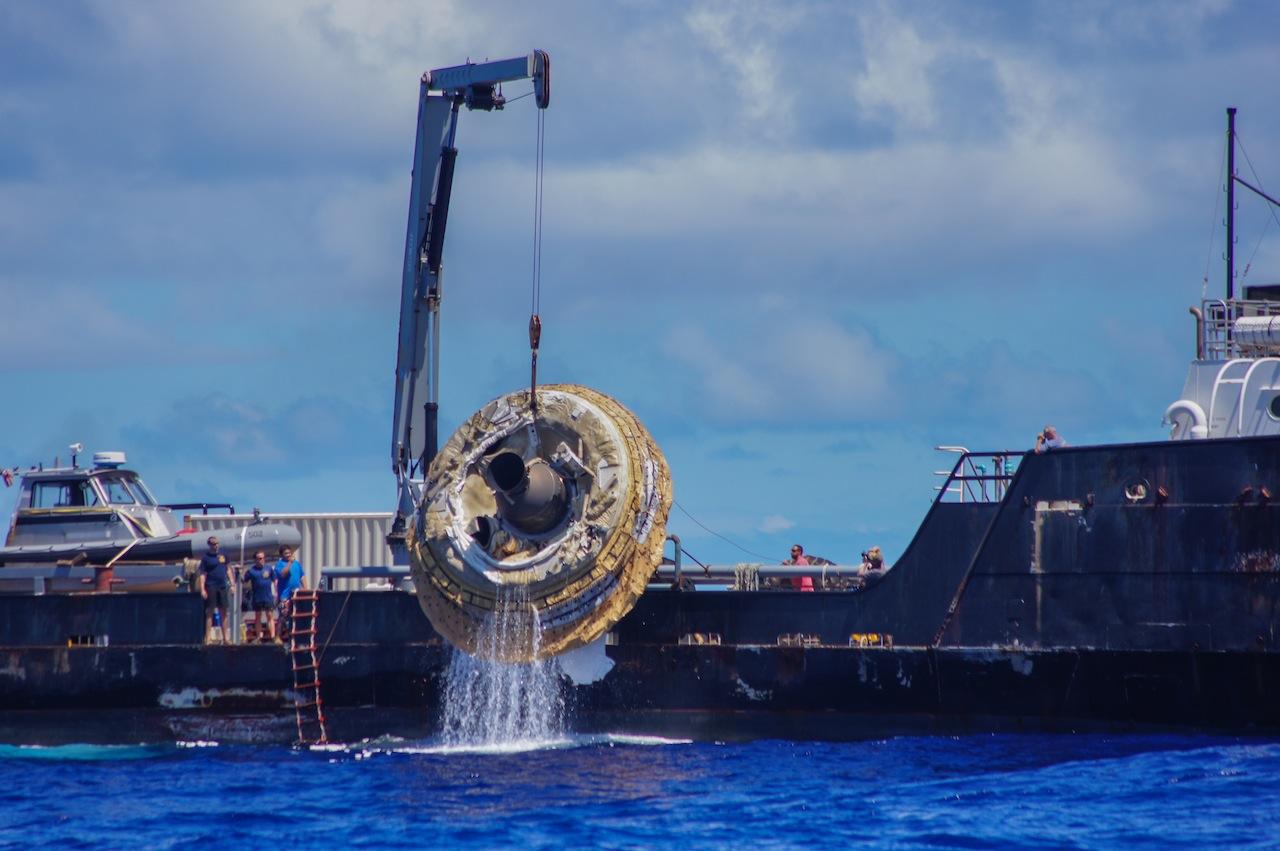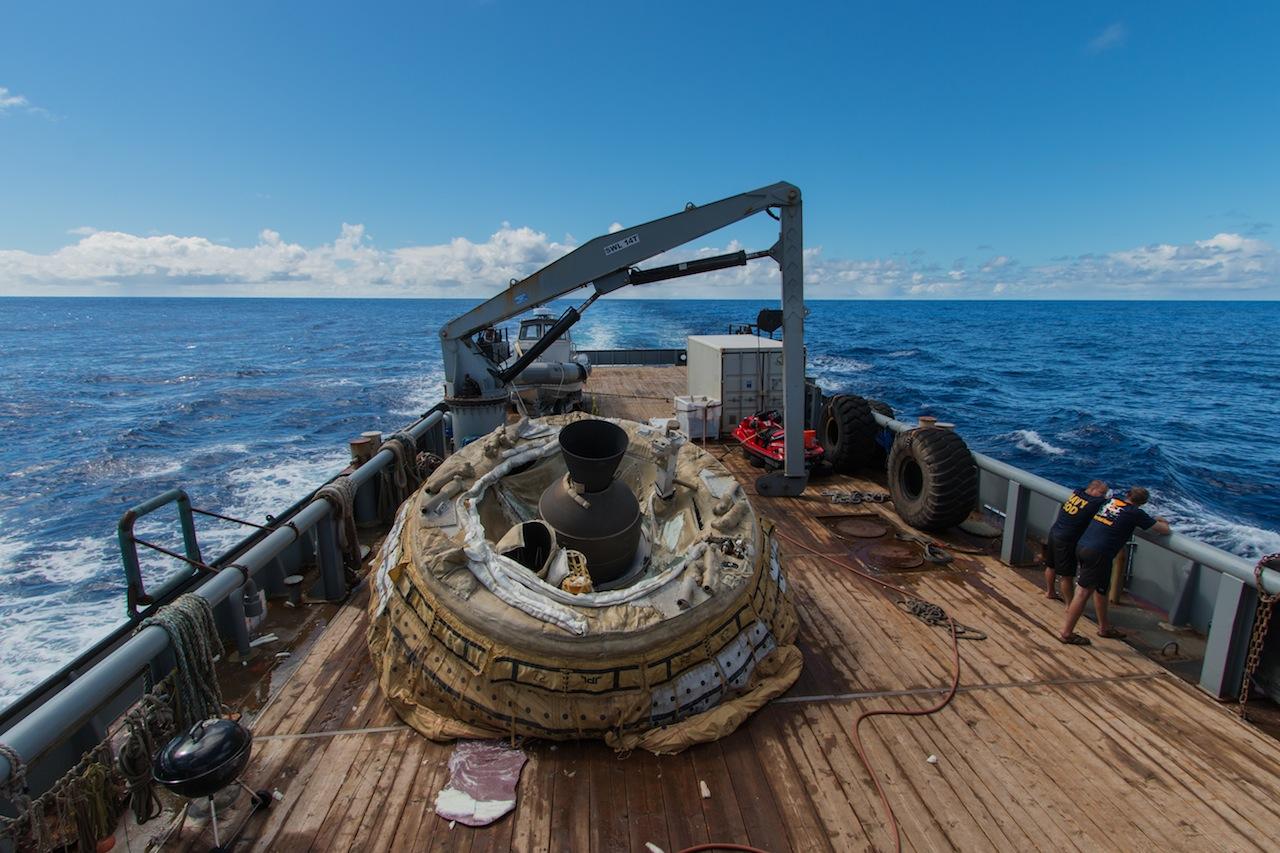NASA's Flying Saucer Gets Wet Happy Ending
NASA's "flying saucer" has had a wet but happy landing, with the Low-Density Supersonic Decelerator (LDSD) finally taking to the skies after several launch delays, and giving positive early signs for potential future Mars technologies. The Saturday flight took place in Hawaii, with the distinctive saucer-shaped craft being dropped 120,000 feet above the Pacific Ocean and then taking thirty minutes to descend into the waves.
It wasn't a straight fall down, however. On the way, the LDSD not only tested out its flying abilities, but gave a bonus trial of two new landing systems which NASA thinks might assist in future Mars missions.

The saucer uses what's known as a Supersonic Inflatable Aerodynamic Decelerator (SIAD), in effect a huge inflatable ring which is designed to slow the craft down as it drops through the atmosphere. On Mars, that will be essential in making sure that payloads safely reach the surface after high-speed re-entry.
Since the SIAD worked well, the JPL team at NASA also had the opportunity to try out the Supersonic Disk Sail Parachute, the second stage of the slowing process. However, according to early results from the flight recorder, the parachute didn't quite deploy as intended.
That will be examined in time for next year's second test flight, with a new version of the LDSD.
Test flights had been intended to begin at the beginning of June, but several delays were encountered due to inclement weather conditions. If all goes as expected, the final design could end up capable of transporting payloads twice as heavy as the Curiosity rover to the surface of Mars.
That would be essential if manned missions are to take place at any point, since they'll require considerable infrastructure and ongoing resupply trips.
SOURCE NASA




